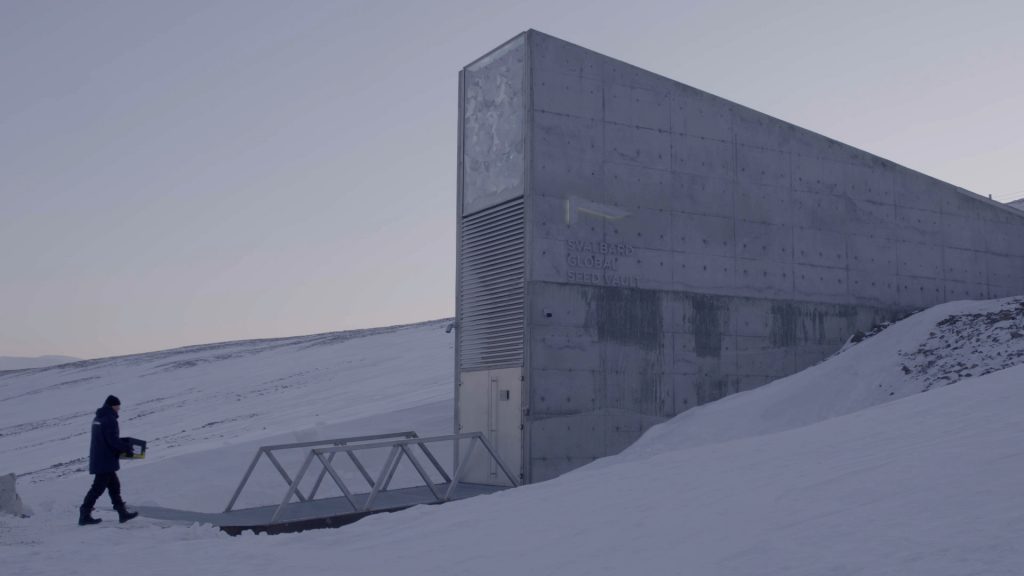Preserving the legacy of biodiversity
This story by Alfonso Cortés, Rodrigo Ordóñez and Silvia Rico was originally published on the CIMMYT website.

Seed security is the first step towards food security. The International Maize and Wheat Improvement Center (CIMMYT) preserves 28,000 unique seed samples of maize and 150,000 of wheat at its genebank in Mexico.
The Global Seed Vault in Svalbard opened in 2008. Since then, CIMMYT has duplicated and deposited 50 million seeds — 170,000 samples of maize and wheat — at Svalbard.
This year, CIMMYT sent 24 boxes of seed, with 332 samples of maize and 15,231 samples of wheat.
Join these seeds on a journey, as they travel more than 8,000 km from CIMMYT’s genebank in Mexico to the Global Seed Vault in the Arctic.
A supermarket, rather than a museum
This treasure, kept in the global network of genebanks, is key to ensuring sustainable, nutritious agricultural systems for future generations.
The purpose of genebanks is not just to preserve seed, but to use its biodiversity to address the needs of the future — and the needs of today.
Climate change is already impacting resource-poor farmers and consumers in low- and middle-income countries. Researchers and breeders at CIMMYT are rolling out solutions to these challenges, based on the diverse genetic resources kept in the genebank. As a result, farmers can use new varieties that yield more, need less inputs, and are more tolerant to drought or heat.
Our internal estimates show that about 30% of maize and more than 50% of wheat grown worldwide can be traced to CIMMYT germplasm.
Humanity’s legacy
Maize and wheat originated about 10,000 years ago. Since then, it’s survived war, drought, diseases, migration, birds, low yields — and the hard choice between feeding children or planting again.
Keepers of genebanks around the world are only the depositors of this legacy, which belongs to all humanity. CIMMYT will continue to preserve these seeds and to make their biodiversity available to researchers and famers, to solve today’s and tomorrow’s most pressing issues.




